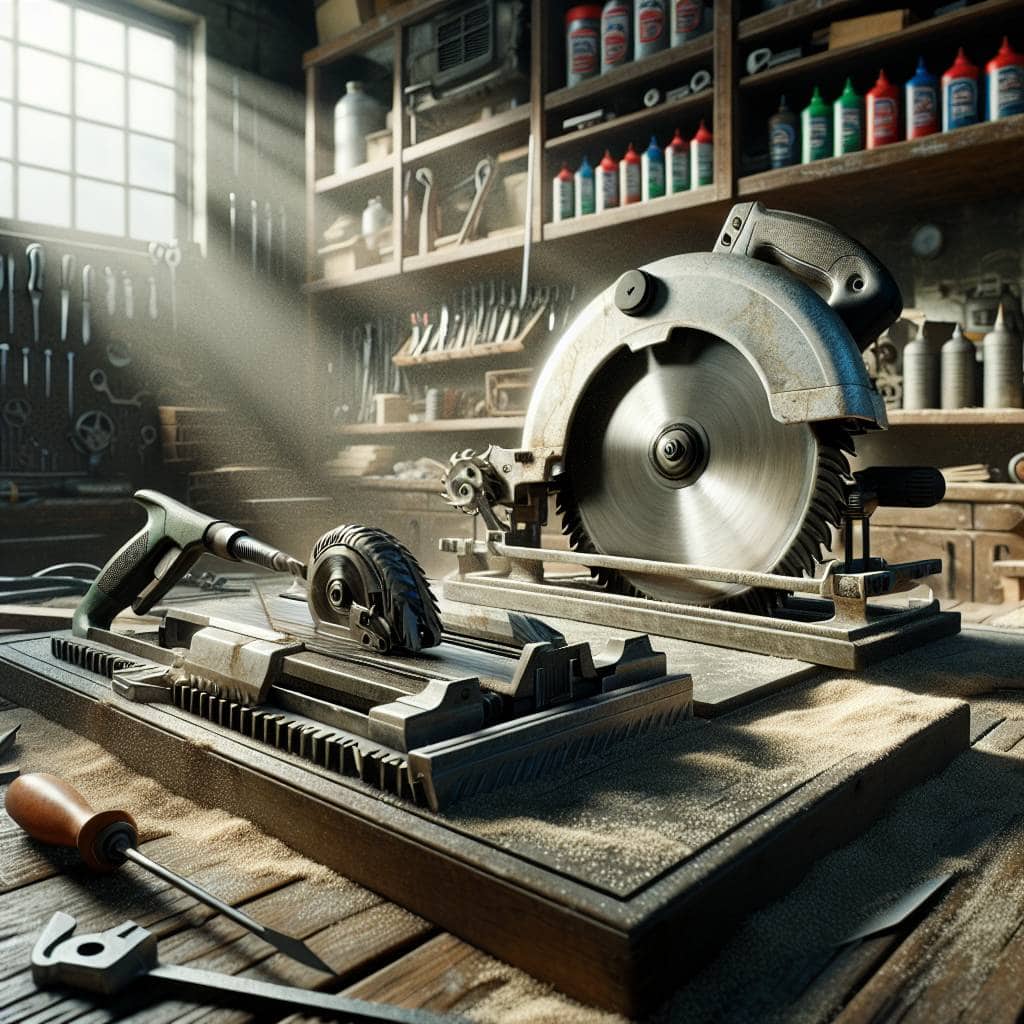I remember the first time I had to choose between a circular saw and a jigsaw. It was like standing at a fork in the road, each path promising a different kind of chaos. There I was, in my garage, surrounded by sawdust and the smell of old motor oil, staring at the two tools as if they were old rivals in a Western showdown. I needed to cut some plywood—simple enough, right? But I couldn’t decide if my heart was set on the clean, unyielding path of the circular saw, or if I was feeling reckless enough to let the jigsaw lead me on a winding adventure. In the end, I ended up with a piece of wood that looked like it had been gnawed on by a beaver. Lesson learned: the tool you choose can make or break your weekend project—and sometimes your sanity.

So, what’s the deal with these two saws? In the upcoming article, I’m going to lay it all out for you—the good, the bad, and the downright infuriating. We’ll dig into the guts of these tools, comparing their strengths and weaknesses, and figure out which one fits your needs like a well-oiled wrench. Whether you’re aiming for straight cuts or dreaming of curved creations, I’ve got a buying guide that won’t steer you wrong. Grab your safety goggles and a cup of coffee—it’s time to get real about which saw will be your trusty sidekick and which might just turn your DIY dreams into a sawdust nightmare.
Table of Contents
My Lifelong Struggle With What’s the Best Tool for Straight Cuts
Picture this: a barn filled with the smell of oil and sawdust, and me, a teenager with more ambition than skill, staring down at a piece of wood like it’s a Rubik’s Cube from hell. I’ve got a circular saw in one hand and a jigsaw in the other, and I’m trying to figure out which one’s going to give me the straightest cut. It’s the kind of problem that seems simple until you’re knee-deep in splinters. The circular saw promises precision, but it’s got a mind of its own—like trying to keep a wild horse on a straight path. The jigsaw? It’s a free spirit, happy to dance around curves, but you ask it for a straight cut, and it laughs in your face.
My journey with these tools has been a saga of trial, error, and a fair share of swearing. I’ve learned that each has its own rhythm—the circular saw with its relentless, straight-line ambition, the jigsaw with its whimsical curves. But here’s the kicker: the best tool for a straight cut depends on the kind of project whispering to you from the workbench. If you’re building a cabinet, begging for clean lines and right angles, the circular saw is your trusty steed. But if you’re crafting something with more personality, where straight isn’t the only way forward, well, sometimes you’ve got to let the jigsaw take the lead. It’s a constant balancing act, a dance between control and creativity, and figuring out which tool fits the story you’re trying to tell.
The Dance of Blades
A circular saw is for the straight-laced carpenter, while a jigsaw is for the artist who finds beauty in chaos.
The Art of Cutting Through the Noise
In the end, my journey with circular saws and jigsaws isn’t about picking sides; it’s about understanding the soul of each tool. Like an old friend, the circular saw promises steadfast precision, a no-nonsense partner for straight cuts that demand respect. But then there’s the jigsaw, my unpredictable muse, inviting me to embrace the chaos of curves. Each tool carries its own rhythm, its own story, and maybe that’s what I love most—the chance to dance between order and spontaneity with nothing more than a flick of a switch.
Buying guides and how-tos will tell you about blade types, power settings, and all that technical jazz. But when I’m standing there, saw in hand, it’s not the specs that guide me—it’s the feel of the moment, the project in front of me, and the whisper of intuition honed by years of tinkering. Maybe that’s why I can’t ever fully choose between them. Like life, it’s not the straight lines or the perfect curves that make it worth living; it’s the moments in between, the mistakes that teach us, and the stories we carve out along the way.